It’s often said that elephants never forget, but perhaps they also never forgive. These majestic creatures embody the art of holding grudges in ways that may seem surprisingly familiar. Just as their memories stretch far, so do their emotional landscapes. In a world that often pressures us to let go of negative feelings, elephants teach us the nuanced power of remembering and, yes, even resenting. Here’s what we can learn from these wise giants about the intricacies of holding onto grievances.
1. The Burden Of A Long Memory

Elephants are celebrated for their extraordinary memories, and while this is often seen as a virtue, it also means they hold onto past slights with remarkable tenacity. This isn’t just anecdotal; a study by Dr. Joyce Poole, an elephant behaviorist, highlights how elephants recall individuals who have harmed them, even years after the fact. But memory alone doesn’t equate to a grudge; it’s the emotional charge behind these memories that deepens the impact. Similarly, we often hold onto the details of our own grievances, replaying them in high definition long after they’ve occurred.
Holding a grudge can feel like a burden, but it also serves a deeper purpose. It’s a way to protect ourselves from future harm, to remember the nuances of what went wrong so we can avoid similar pitfalls. But like the elephant, it’s essential to know when this powerful memory becomes counterproductive. The challenge lies in balancing the value of remembrance with the necessity of moving forward, a balancing act that we can all learn to perform with more grace.
2. The Power Of Silence
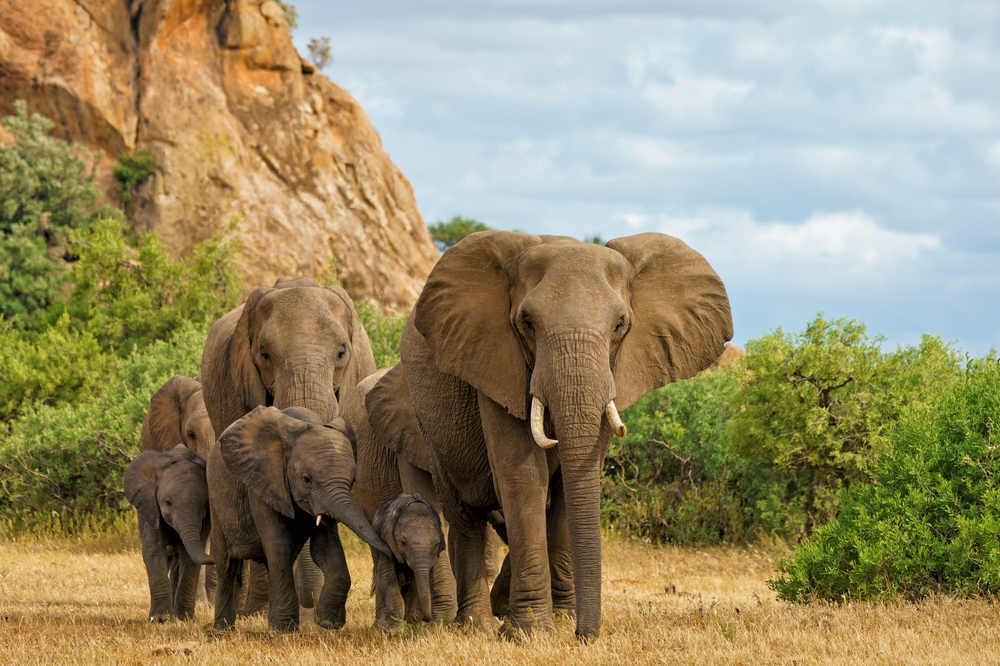
Elephants communicate in rumbles and quiet gestures, often choosing silence over noise. It’s a nuanced form of expression that suggests sometimes the deepest emotions are better left unspoken. When you’re holding a grudge, silence can be its own kind of power, a way to convey displeasure without the theatrics of a confrontation. This restraint can protect your emotional energy, allowing you to process feelings without external interference.
Yet, silence can also be a double-edged sword. While it may offer temporary comfort, prolonged quiet can lead to misunderstandings and missed opportunities for resolution. The trick is to discern when silence serves your emotional state and when it’s simply a barrier to healing. Borrowing a page from the elephant’s playbook, sometimes subtle, non-verbal communication can pave the way for more meaningful dialogue.
3. The Ritual Of Remembering
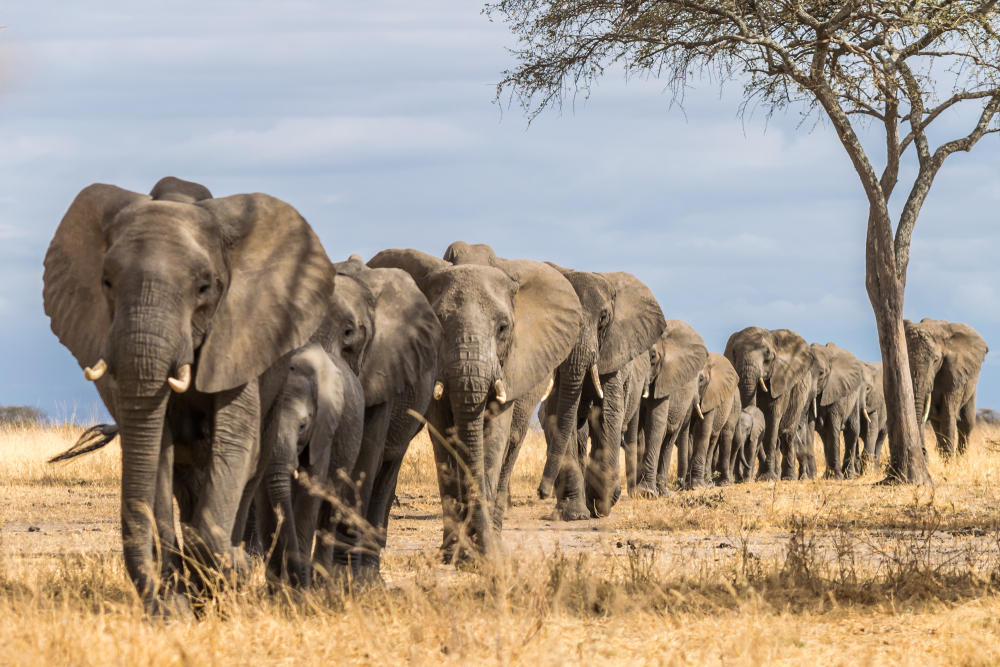
Elephants exhibit behaviors that suggest a form of grieving, such as touching the bones of deceased herd members, an act that’s both poignant and practical. This ritual of remembering underscores the importance of acknowledging pain rather than ignoring it. According to Dr. Karen McComb, a zoologist who specializes in elephant communication, these rituals help elephants process grief and maintain social bonds. In the human realm, holding a grudge can similarly serve as a way to honor our emotional experiences, reminding us of our capacity to feel deeply.
Grudges, like these elephant rituals, are not inherently negative; they’re markers of experiences that have shaped us. They’re emotional touchstones that, when acknowledged properly, can provide clarity and closure. But just as elephants eventually move on, so must we, finding ways to integrate these memories into our lives without allowing them to define us. The challenge is to transform the weight of a grudge into a stepping stone for growth, rather than letting it become an anchor.
4. The Complex Idea Of Forgiveness
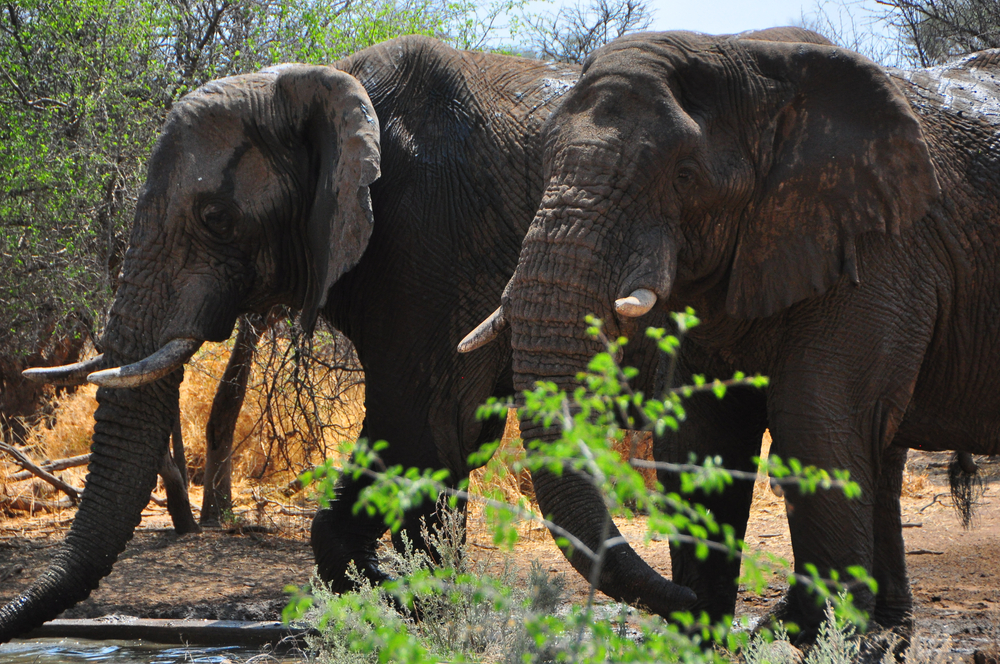
Forgiveness for elephants, and perhaps for us, is not a simple act but a complex dance. It requires time, space, and a willingness to shift perspective, a process that’s seldom linear. Holding a grudge is often a precursor to forgiveness, as it allows us to fully articulate our pain before releasing it. This intricate emotional choreography is a reminder that forgiveness is a journey rather than a destination.
Yet, the dance of forgiveness can be fraught with missteps. Rushing through the process can result in superficial resolutions that fail to address the root of the grievance. Instead, patience and introspection are crucial, allowing the layers of emotion to unfold naturally. By embracing the complexity of forgiveness, we can approach our grudges not as obstacles but as opportunities for deeper understanding.
5. The Subtlety Of Non-Verbal Cues
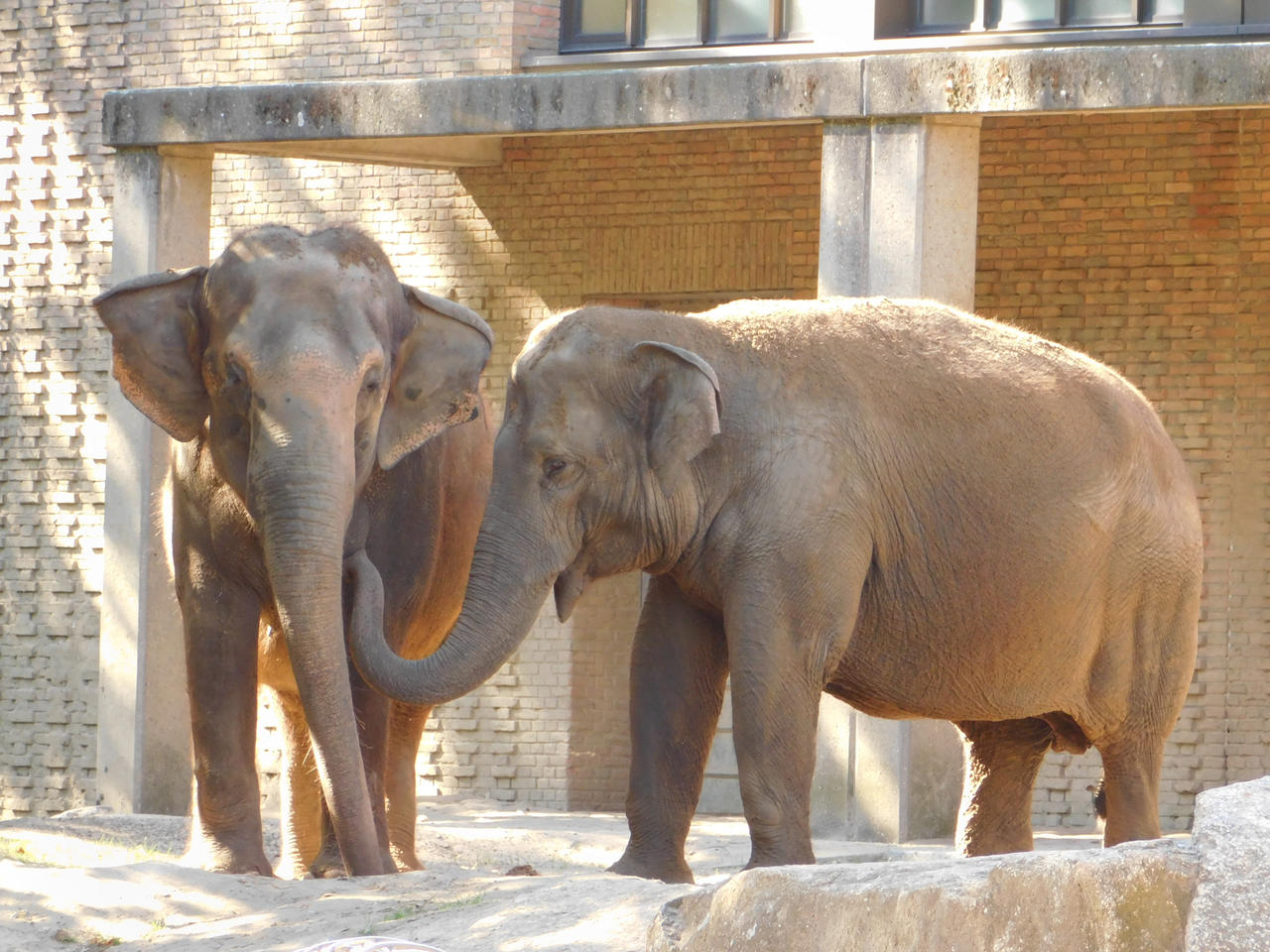
Elephants are masters of non-verbal communication, using body language and touch to convey everything from affection to aggression. This subtlety is something we can learn from when holding a grudge, as our actions often speak louder than words. According to a study published in the journal “Nature,” elephants use tactile communication to reinforce social bonds, suggesting that how we physically interact is a powerful tool in conflict resolution. In the realm of human emotions, a simple gesture can sometimes bridge the gap that words cannot.
However, non-verbal cues can also complicate matters if misinterpreted. What you intend as a protective wall might be seen by others as an invitation for dialogue, or vice versa. The key lies in aligning your actions with your true intentions, ensuring that your body language doesn’t contradict your emotional state. By mastering the art of non-verbal communication, we can hold our grudges with more nuance and intentionality.
6. The Patience Of Pachyderms
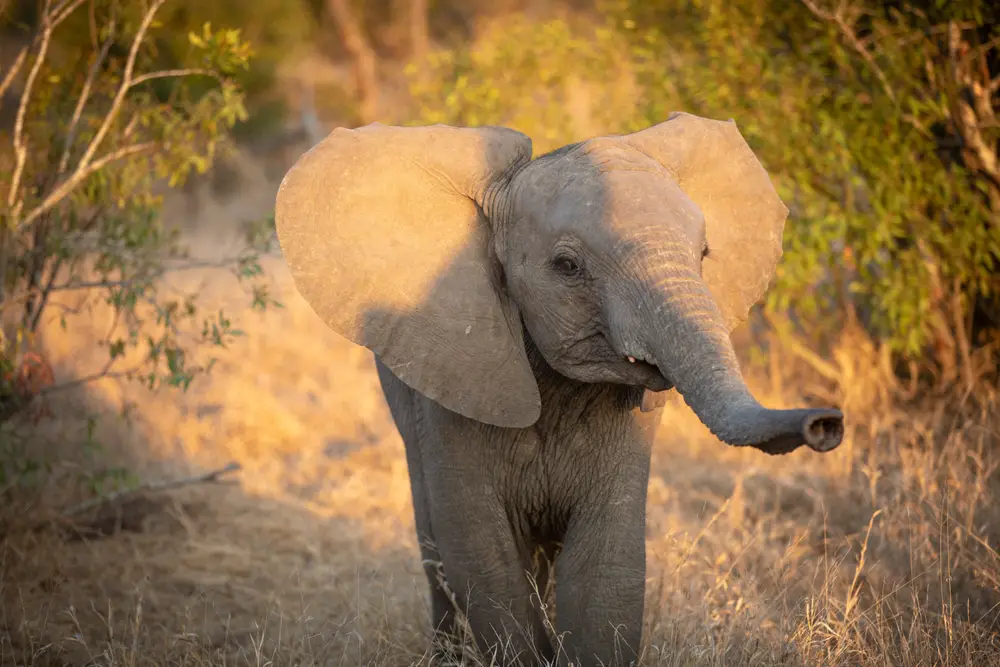
Elephants are creatures of patience, moving through life at an unhurried pace that allows them to fully experience their surroundings. This trait is especially relevant when it comes to holding grudges, as it teaches us the value of taking our time. Rushing through feelings often results in unresolved tension, whereas patience can offer a clearer perspective on our emotions. In the world of conflict, patience isn’t just a virtue—it’s a strategy.
Yet, patience has its limitations. While it can provide the space needed to process emotions, it can also stall resolution if taken to the extreme. The challenge lies in balancing patience with action, knowing when to linger and when to move forward. By observing the elephants’ unhurried approach, we can learn to navigate our emotional landscapes with more deliberation and care.
7. The Role Of Empathy
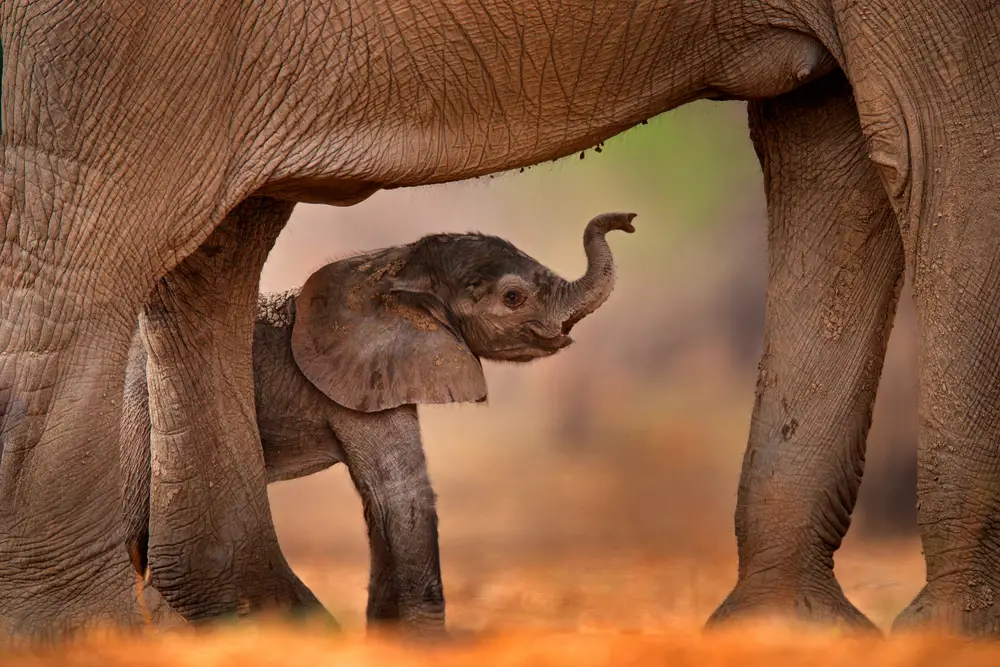
Empathy is a cornerstone of elephant society, manifesting in acts of compassion and cooperation. This social glue is something we can incorporate into our own lives, especially when holding a grudge. Dr. Frans de Waal, a primatologist known for his work on empathy, notes that elephants often demonstrate behaviors akin to consoling one another, suggesting a deep emotional intelligence. Grudges, when infused with empathy, can be transformed into opportunities for connection rather than division.
Even in the throes of anger or resentment, empathy allows us to see the broader picture. It invites us to consider the other person’s perspective, fostering a more balanced emotional response. This doesn’t mean excusing harmful behavior, but rather understanding its context. By integrating empathy into our emotional toolkit, we can soften the edges of our grudges, turning them into seeds for reconciliation.
8. The Wisdom Of Herd Dynamics
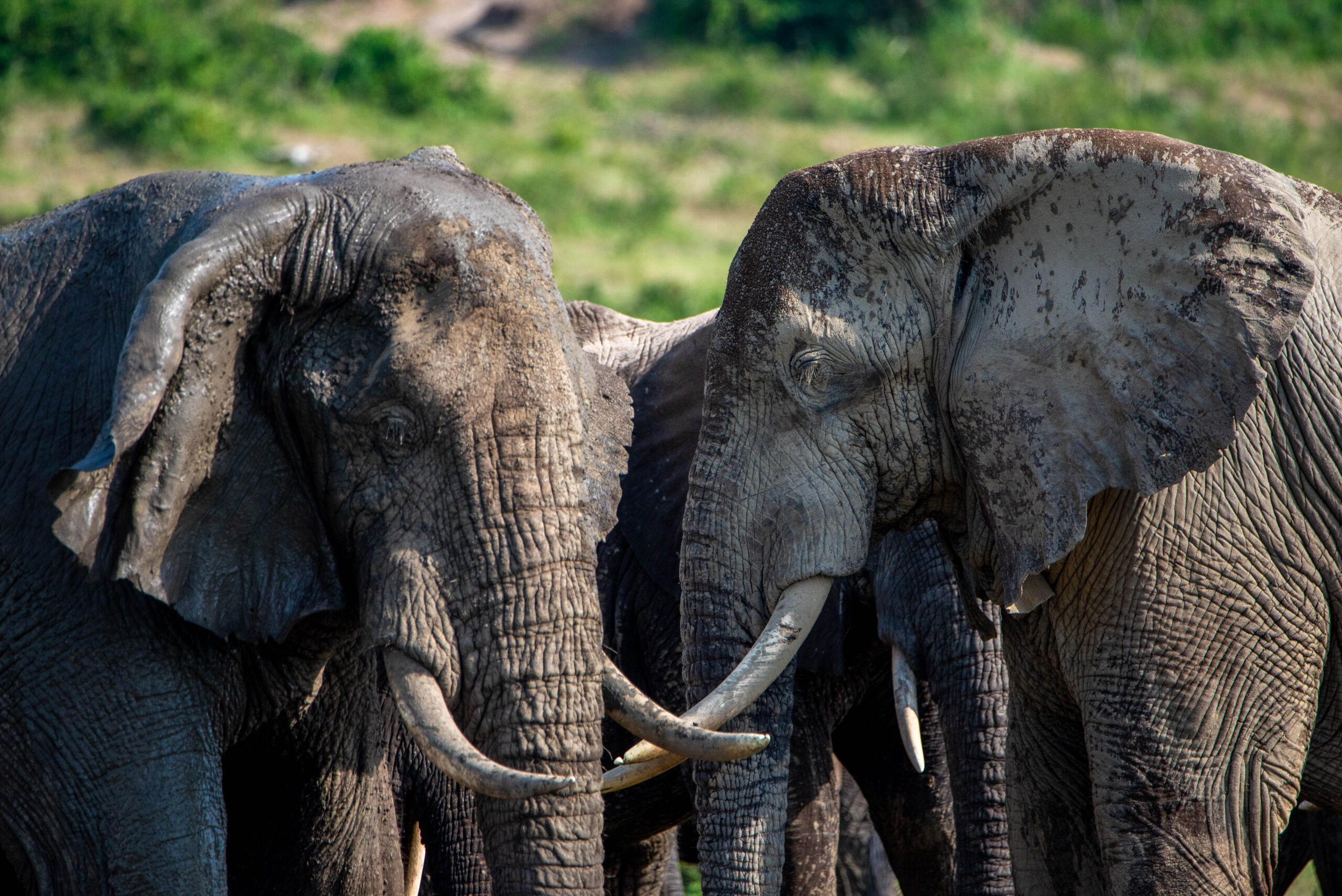
Elephants thrive in complex social structures, where each member plays a vital role. This interconnectedness is a reminder that our grudges don’t exist in isolation; they ripple through our social networks. Holding a grudge has social implications, influencing how we interact not just with the person we’re upset with, but also with those around us. Understanding this dynamic can help us navigate grudges with more mindfulness and foresight.
The herd’s wisdom also lies in its adaptability. When a conflict arises, elephants adjust their behaviors to maintain harmony within the group. This flexibility is a valuable lesson for us, teaching us the importance of adaptability in the face of emotional turbulence. By viewing our grudges through the lens of social dynamics, we can better understand their impact and take steps to mitigate their reach.
9. The Art Of Setting Boundaries
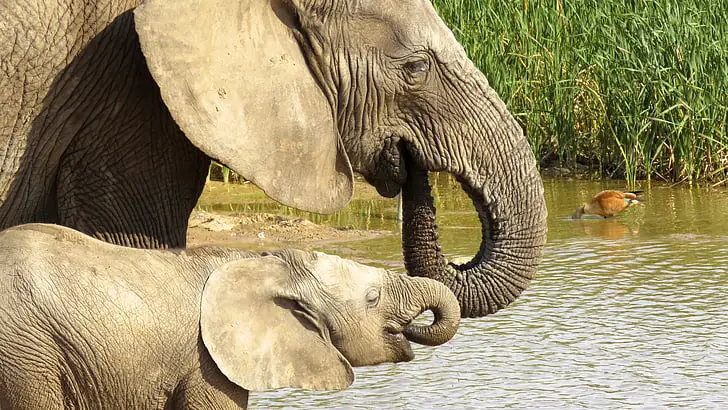
Elephants are known to establish territories, marking their space with clear boundaries. This instinctual behavior is a lesson in the importance of setting emotional boundaries when holding a grudge. Boundaries protect our well-being, delineating where others end and we begin. By setting clear limits, we can manage our emotional responses more effectively, turning grudges into opportunities for self-preservation.
However, boundaries should not become walls. While they are essential for maintaining emotional health, they can also isolate us if not balanced with openness. The goal is to set boundaries that protect us without severing connections. By adopting the elephant’s instinct for territoriality, we can navigate our grudges with a sense of clarity and intention.
10. The Resilience Of The Matriarch
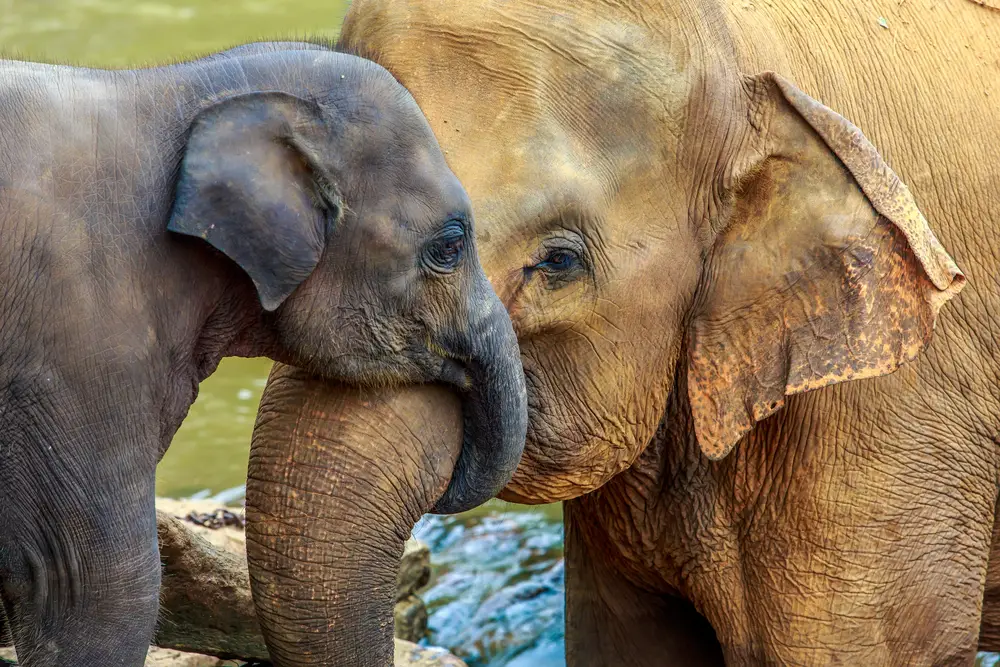
In elephant herds, the matriarch often embodies resilience, guiding her group through challenges with wisdom and strength. This resilience is key when it comes to holding grudges, serving as a reminder that we have the capacity to endure emotional storms. Resilience isn’t just about bouncing back; it’s about adapting to circumstances and using them as catalysts for growth. When we hold a grudge, resilience helps us weather the emotional fallout and emerge stronger.
But resilience requires both strength and vulnerability. While it’s about standing firm, it’s also about acknowledging and processing our emotions. This duality is what allows us to transform grudges into learning experiences. By channeling the resilience of the elephant matriarch, we can approach our emotional challenges with courage and grace.
11. The Importance Of Context
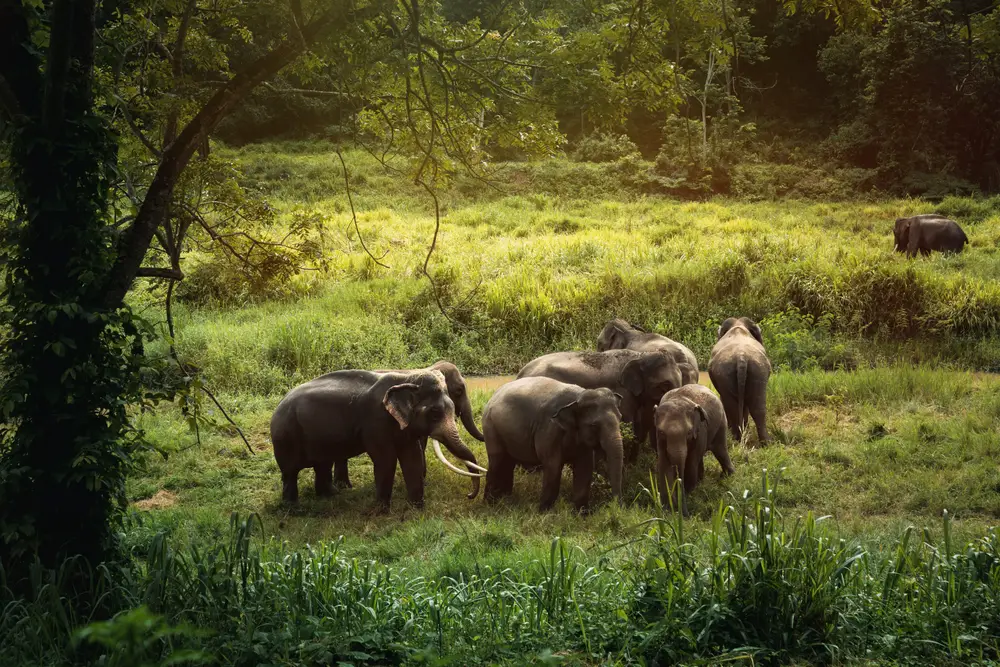
Elephants are keenly aware of their environment, making decisions based on a complex array of contextual cues. This attentiveness is crucial when holding a grudge, as it reminds us to consider the broader context of our feelings. Grudges often arise from specific incidents but gain complexity from the surrounding circumstances. By understanding the context, we can navigate our emotions with greater nuance and empathy.
Yet, context can also complicate things. It may reveal uncomfortable truths that challenge our perceptions, forcing us to reevaluate our stances. The key is to embrace these insights without becoming overwhelmed by them. By taking a page from the elephant’s playbook, we can learn to view our grudges through a wider lens, allowing us to see them for what they truly are.
12. The Legacy Of Emotion
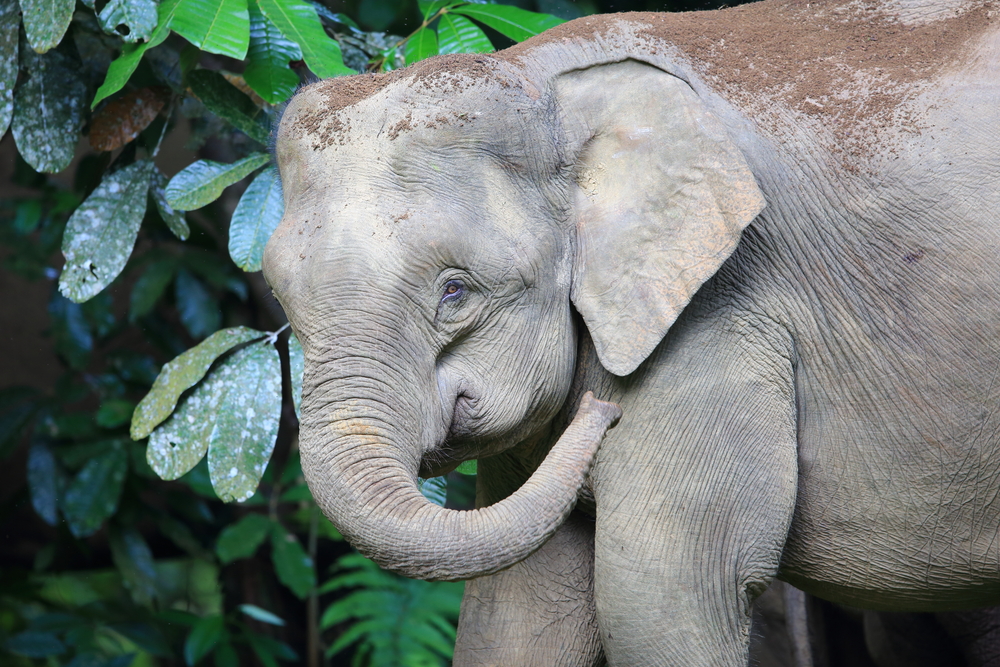
Elephants have a profound sense of legacy, often revisiting sites of emotional significance. This connection to their past is a reminder of the lasting impact our emotions can have. Holding a grudge is not just a momentary feeling; it’s a legacy we carry with us. By acknowledging this, we can approach our grudges with the awareness that they shape not only our present but also our future.
However, legacies can be burdensome. They can tether us to the past, preventing us from fully engaging with the present. The challenge is to honor the legacy of our emotions without becoming ensnared by them. By embracing the elephant’s sense of legacy, we can transform our grudges into stepping stones for personal evolution.
13. The Power Of Letting Go
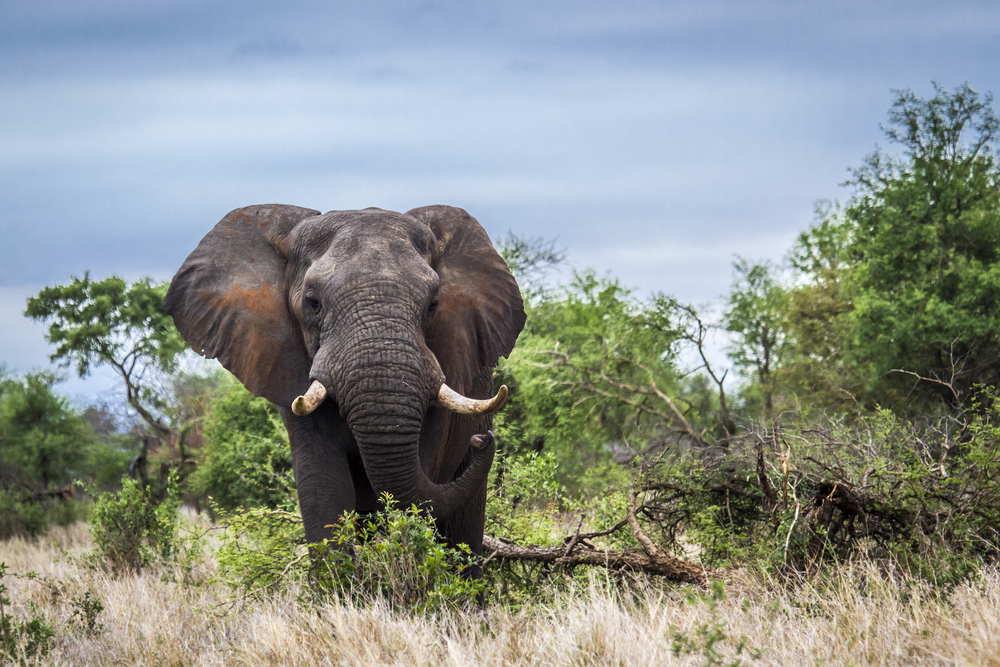
While elephants may seem to hold onto their memories indefinitely, they also demonstrate the ability to move on, focusing on the present and future. This dance of letting go is a crucial lesson for us, reminding us that holding a grudge is only one part of the emotional journey. Letting go doesn’t mean forgetting; it means choosing to release the hold these memories have on us. It’s an act of self-liberation, freeing us to embrace new experiences.
Yet, the process of letting go can be daunting. It requires us to confront our emotions head-on, to acknowledge the pain without letting it define us. But by approaching this challenge with openness and intention, we can free ourselves from the emotional weight of grudges. Drawing inspiration from the elephant’s ability to move forward, we can learn to let go with dignity and grace.
